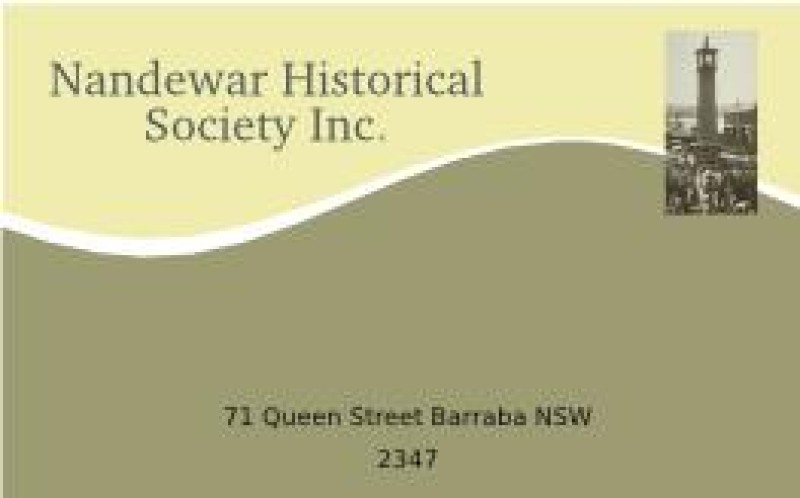1848 directory for Barraba in the Geographical Directory

History Notes
Another busy week which included a trip to Murrurundi to look at their museum which includes three buildings and a collection of shipping containers as well as a couple of machinery pieces outside on the lawn. The first building had a wall devoted to a railway accident between a passenger train and a goods train – there was hardly any publicity when it occurred but it was obviously very serious at the time. There were also some family portraits, photo-copied and assembled in groups.
Our society has been wanting a map cabinet for years to store maps flat – instead of rolling them – we saw a map cabinet a Murrurundi but it stores some dainty clothes items! Thank you to our excursion organizer – it was a great day which finished with a nice lunch before starting for home.
The lady who owns the Women’s Weeklies has not made contact yet – these magazines are likely to go to someone else as the clean up in the Dean Room continues.
This week we are entertaining again, this time for morning tea so do make contact if you can help on Thursday.
One of our members has requested some early Barraba history which is proving rather difficult due to missing booklets. However, I do have a copy of Lionel Gilbert’s notes from his visit to Barraba soon after the Nandewar Historical Society was formed in 1965.
The 1848 directory for Barraba in the Geographical Directory of Australian Colonies notes the station of John Hoskins (sic) in the district of Liverpool Plains on the Manilla River, 35 miles from Tamworth.
The Government Gazette 1848 also has a list of stations in the area and includes Barraba Stations owned by Mr J.T. Armitage and managed by A. A. Adams; the station was just across the Manilla river from the public house which would have been the McKid family business. There is also another reference, I think in the McDouall history, to a young woman walking in the area with her two young nieces – this would have been Mrs Adams with her orphaned nieces, before she has a family of her own.
Barraba started around 1840 and for the first few years was just a collection of primitive buildings servicing travelers and settlers with very basic needs. Somewhere there is a reference to the survey, naming of the streets and some of the very early buildings – hopefully I can soon find it.
